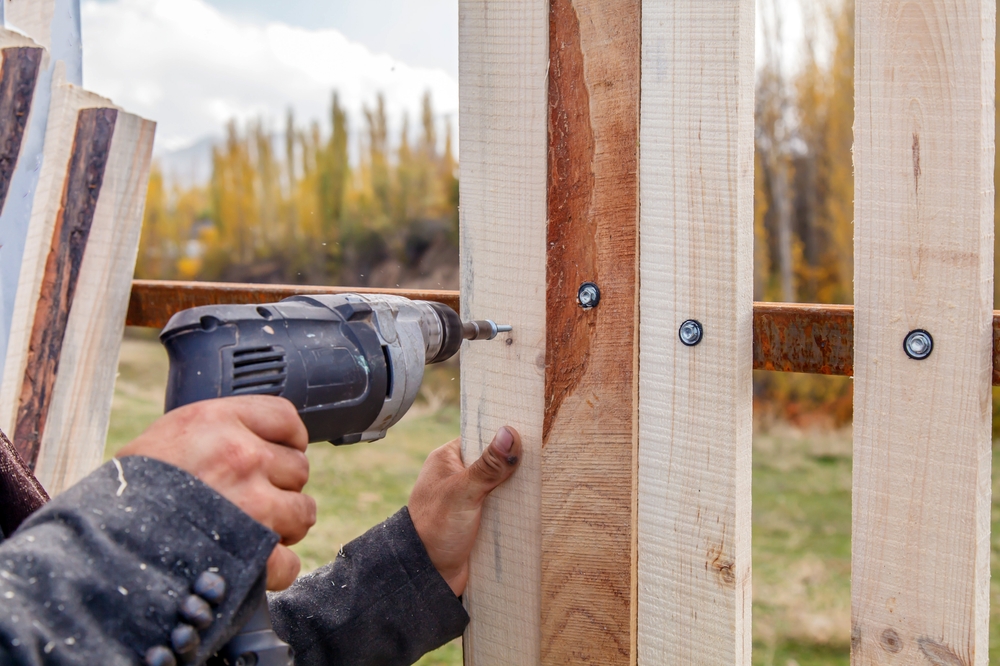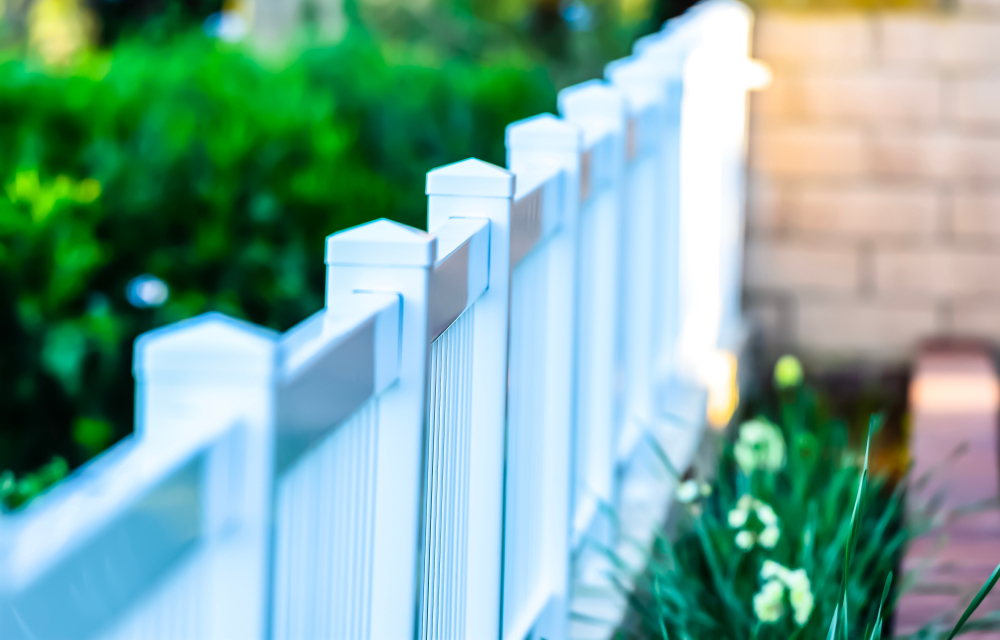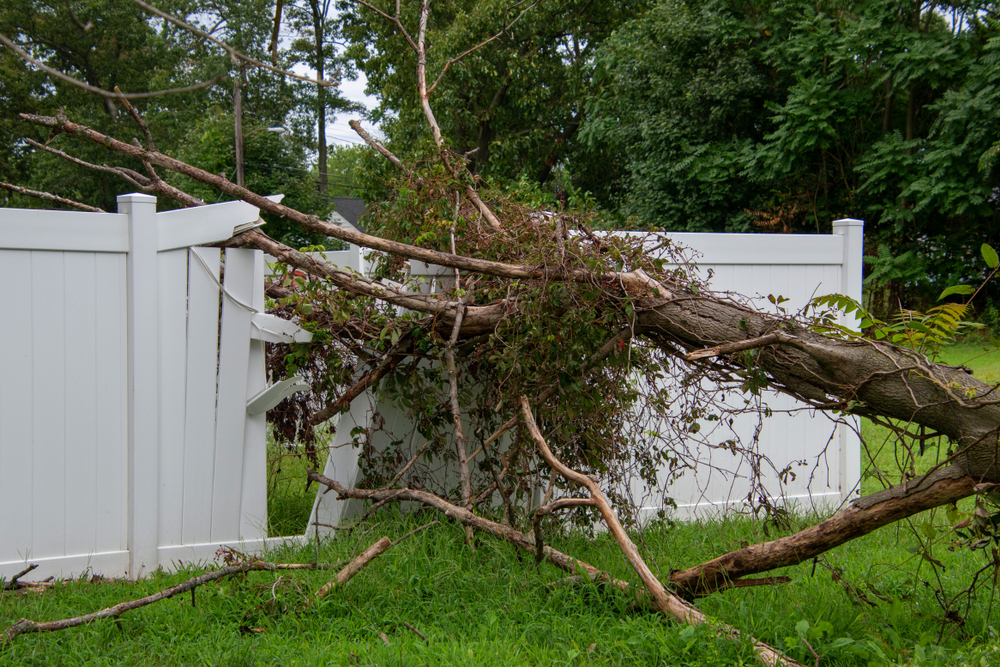The easiest type of fence to install yourself will depend on your DIY skills, the tools you have access to, and your level of experience with fence installation. Generally, some types of fences are simpler and more beginner-friendly to install than others. Here are a few fence options that are relatively easy for DIY installation:
- Picket Fence: A picket fence is a classic and straightforward option. You can purchase pre-assembled picket fence panels, making installation relatively simple. Attach the panels to posts and secure them in place.
- Chain-Link Fence: Chain-link fences are relatively easy to install because they consist of posts and chain-link fabric. You’ll need to set the posts in concrete and attach the fabric to the posts and top rails. Chain-link fences are often considered a good DIY project.
- Split Rail Fence: Split rail fences are rustic and simple to install. They typically consist of posts and horizontal rails that fit into notches. There’s no need for complex joinery or precise measurements.
- Vinyl Fence: Some vinyl fence systems are designed for easy DIY installation. Vinyl fence panels often come pre-assembled and can be attached to posts using brackets. Vinyl is also low-maintenance.
- Woven Wire Fence: Woven wire fences are relatively easy to install if you’re looking for a livestock or garden fence. You’ll need posts, wire, and clips to create the mesh.
- Bamboo Fence: Bamboo fencing is lightweight and can be relatively easy to install. It often comes in rolls that you can attach to existing structures or posts.
- Electric Fence: Electric fences can be straightforward to install for specific applications, like keeping livestock contained. You’ll need posts, insulators, and electric wire.
When considering a DIY fence installation, keep the following tips in mind:
- Plan your fence carefully, including measuring your property lines, checking local regulations, and selecting the right materials for your needs.
- Invest in the right tools, including a post-hole digger, level, measuring tape, and a saw if needed.
- Prepare the site by clearing vegetation, marking post locations, and ensuring proper post spacing.
- Follow the manufacturer’s instructions and guidelines for your specific fence type.
- Consider safety precautions, especially if you’re using power tools or working with concrete.
- If you’re uncertain about any aspect of the installation, consider consulting with a professional or seeking assistance from a friend or family member with experience in fence installation.
The easiest fence to install yourself will depend on your comfort level with DIY projects and the specific requirements of your property. It’s essential to choose a fence type that aligns with your skill level and available resources.




